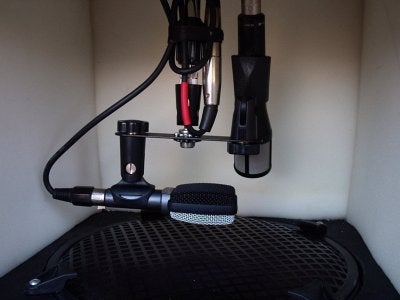Geniustoogs
Tele-Meister
Now I know I don't HAVE to play loud... but it'd be real nice if I could! Lol. The other day I was playing he drums and I was told that I could be heard a few houses down. Anyone have any experience soundproofing? Even if it's not total soundproof, anything that will greatly limit the amount of sound that can leave my room. Thanks!





